Two years ago, Andy Abrams was startled to notice a 20-something colleague tattooed with the Hebrew word, shechina. The woman hadn’t been raised in an observant household, like Abrams: “Yet she not only chose a word heavy with religious meaning, she chose a style of script only found in the Torah,” he said. Her intention wasn’t to show off a hipper-than-thou take on Judaism, a la Heeb magazine, or the kind of in-your-face ethnicity popularized by films such as “The Hebrew Hammer.”
“It was her identification with Jewish feminism and with some sense of the divine,” Abrams said. “And the word meant so much to her that she was willing to permanently ink it on her body.”
Abrams — 34 and uninked — was so intrigued that he embarked upon a book, movie and photography project, “Tattoo Jew,” with photographer Justin Dawson, and images now at Gallery Zel. By interviewing more than 30 subjects, they hoped to discover why young Jews tattooed themselves, despite the prohibitions: The Torah forbids marking the body; concentration camp tattoos have scarred the Jewish psyche and even secular parents feel, “We eat pork, but we don’t get tattoos because we’re Jewish,” Abrams said. (Although 15 percent of Americans over 18 have at least one tattoo, Abrams hasn’t encountered statistics on how many are Jews.)
He did encounter interviewees who wore their Judaism, literally, on their sleeves as “a profound metaphorical act with deep resonance.”
For Todd Barman, a San Francisco yeshiva alumnus, the word emes (truth) on his forearm is as much a reminder of God as wearing a yarmulke. For Los Angeles performance artist Marina Vainshtein, covering her body with Holocaust imagery, such as a burning synagogue, is her walking billboard for “Never Again.” Orian Livnat, meanwhile, honors his parents with the words “ema” and “aba” emblazoned against cherubs, a Jewish play on traditional tattoo iconography.
The project has been receiving national attention, with articles in publications such as Skin & Ink magazine, because it explores “a new way of revitalizing Judaism that doesn’t often get talked about in a serious way,” Abrams said. “Jews with tattoos aren’t simply identifying with a cool, hip trend and not doing the spiritual work. They’re often cementing their relationship with their roots, their culture and spirituality.”
Viewers can see the exhibit through Aug. 13, byappointment only. (310) 613-9170. The Aug. 14 closing reception is open to thepublic. For more information about the book and movie project, visit









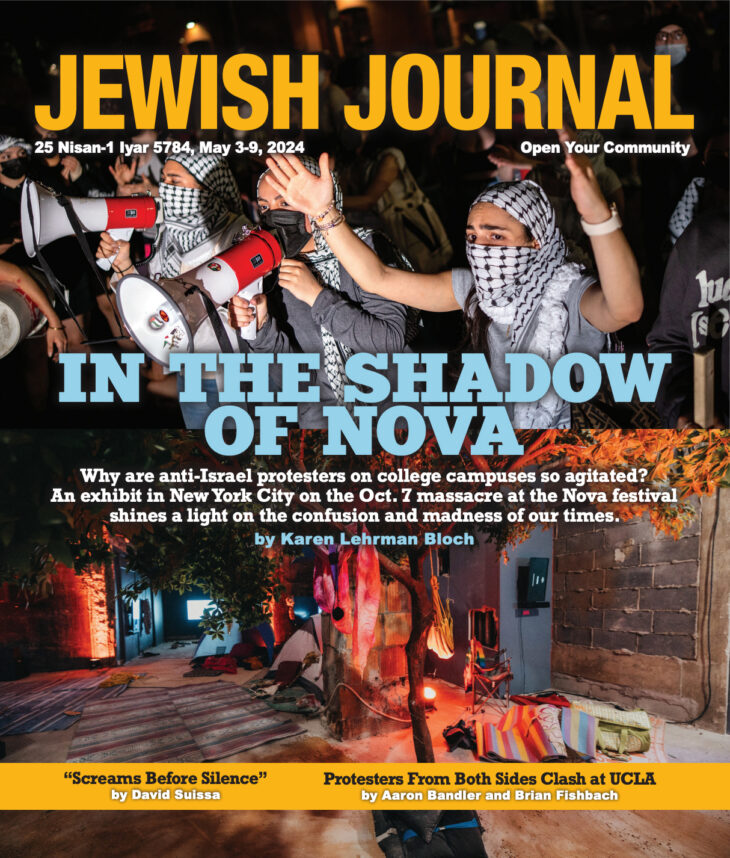
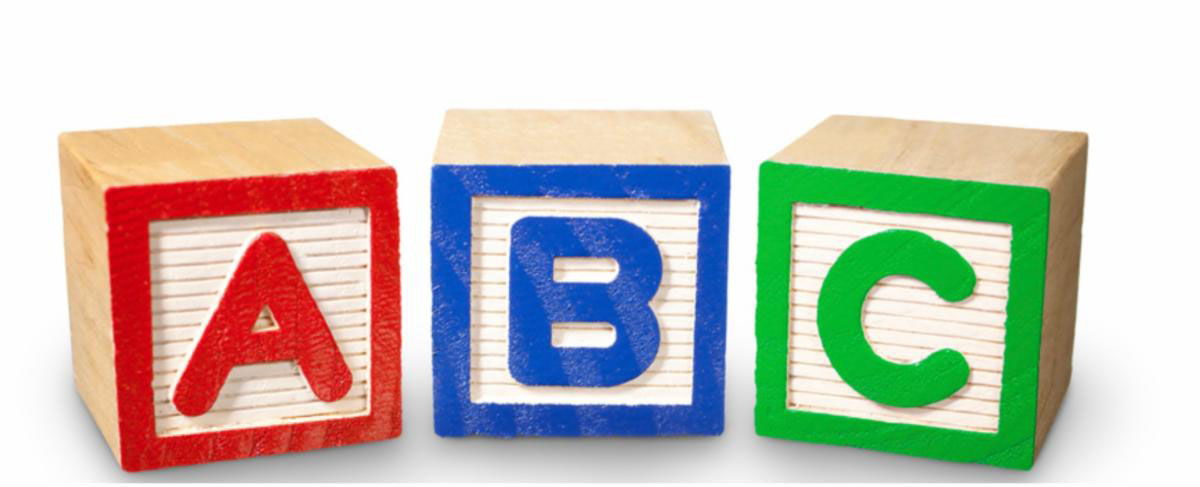


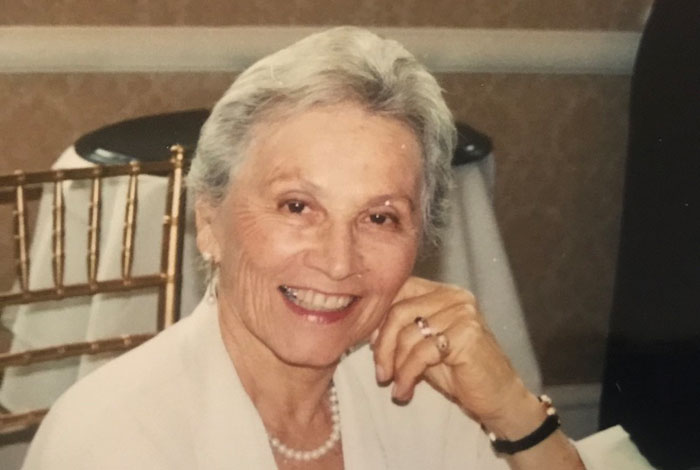
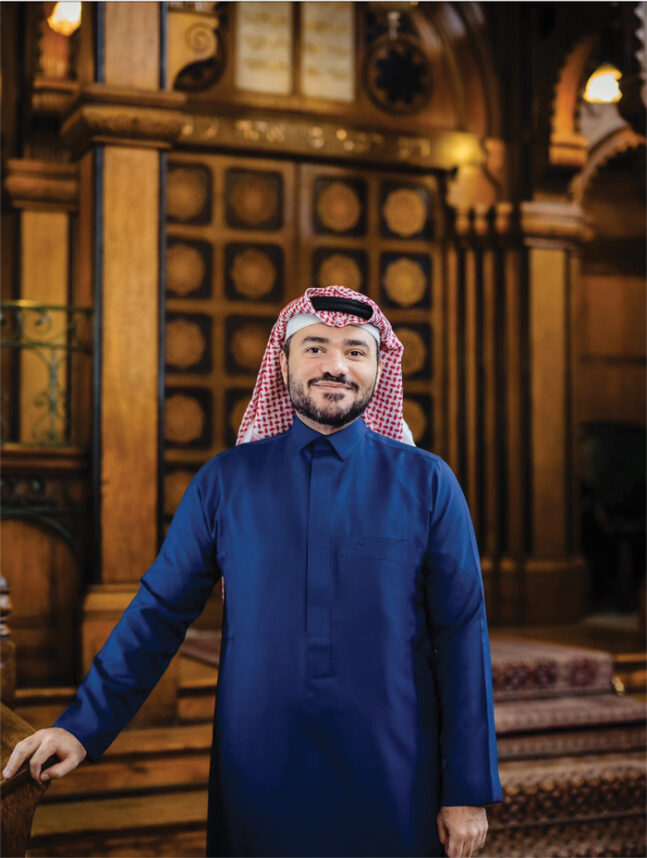
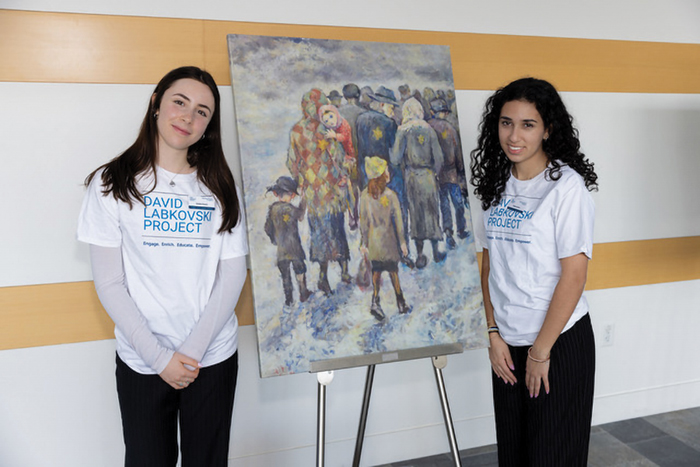





 More news and opinions than at a Shabbat dinner, right in your inbox.
More news and opinions than at a Shabbat dinner, right in your inbox.